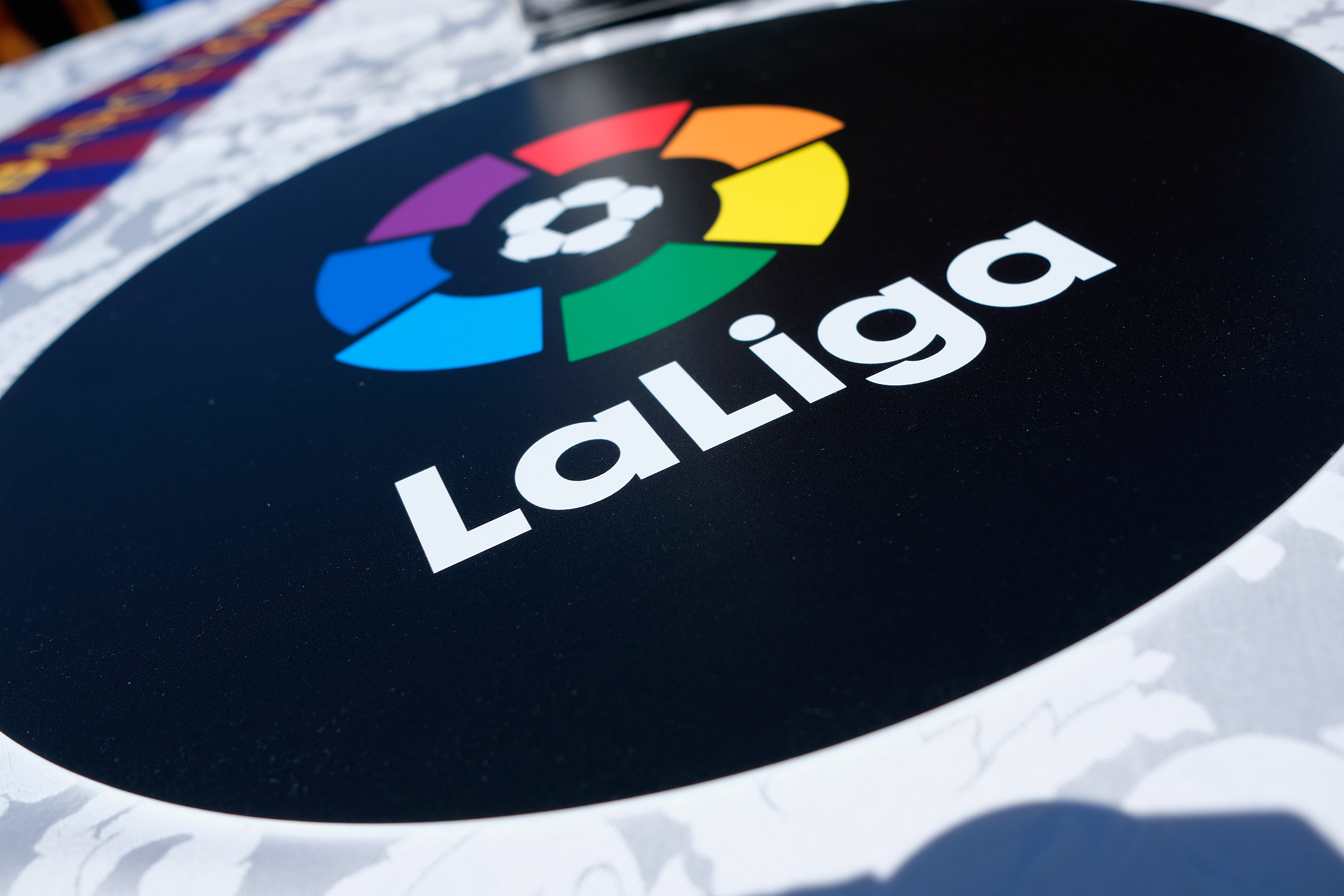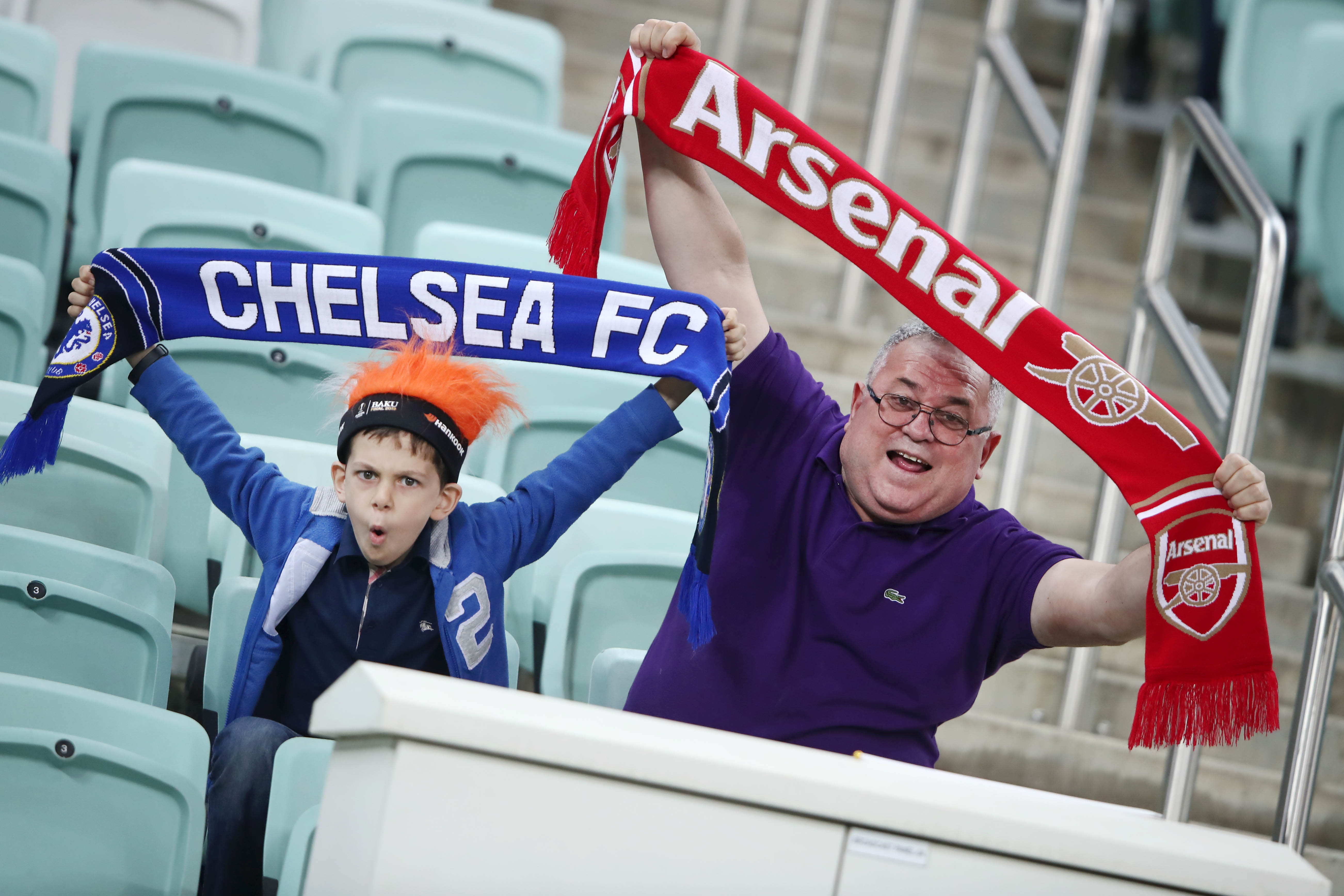The two Manchester clubs have done most of the spending these past five years, but the net spend of three of the big London clubs in that period has thrown up some interesting facts.
The Daily Mail have analyzed the net expenditure on transfers of the top six Premier League clubs over the past five years. Manchester City leads the list, closely followed by arch-rivals Manchester United, with both clubs spending over £525 million on players in this period.
Third on the list is surprisingly Arsenal, who have spent close to £300 million. The Gunners have long been associated with playing it safe financially, with many of the top players leaving the club and very few quality signings being made by the cautious Arsene Wenger.
However, this seems to be a misconception. The big money acquisitions of Mesut Ozil and Alexis Sanchez, combined with their expenditure of close to £100 million this past summer, has taken Arsenal past their London rivals Chelsea when it comes to net expenditure on transfers.
The Blues gross expenditure shadows that of Arsenal, with the London outfit the only other team apart from the Manchester clubs to hit the £500 million mark. However, their smart sales have helped them cut down their net spend to £192.3 million, lesser than the Gunners’ net expenditure of £205.89 million.
Happy times at White Hart Lane

The club who have been the most successful in the transfer market are Tottenham Hotspur. The North London club have spent £315.45 million, but have recouped most of that amount through the sale of players. This has placed their net spend at just £1 million, which is an amazing feat for even clubs outside of the top tier.
The bulk of their sales proceeds have come from the transfer of Gareth Bale to Real Madrid in 2013 for £85 million. However, Spurs have also managed to sell their academy products for decent prices, with Tom Carroll most recently joining Swansea City for a reported £5 million.
Much of this can be attributed to their brilliant manager Mauricio Pochettino. The Argentine has spent very cautiously since taking over at White Hart Lane in 2014, instead emphasizing on developing academy products and young, talented players purchased on the cheap.
The fact that Spurs are currently second on the Premier League table shows that a club doesn’t necessarily need to spend big to get the results.





